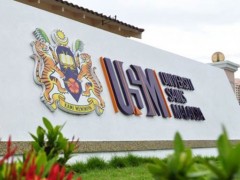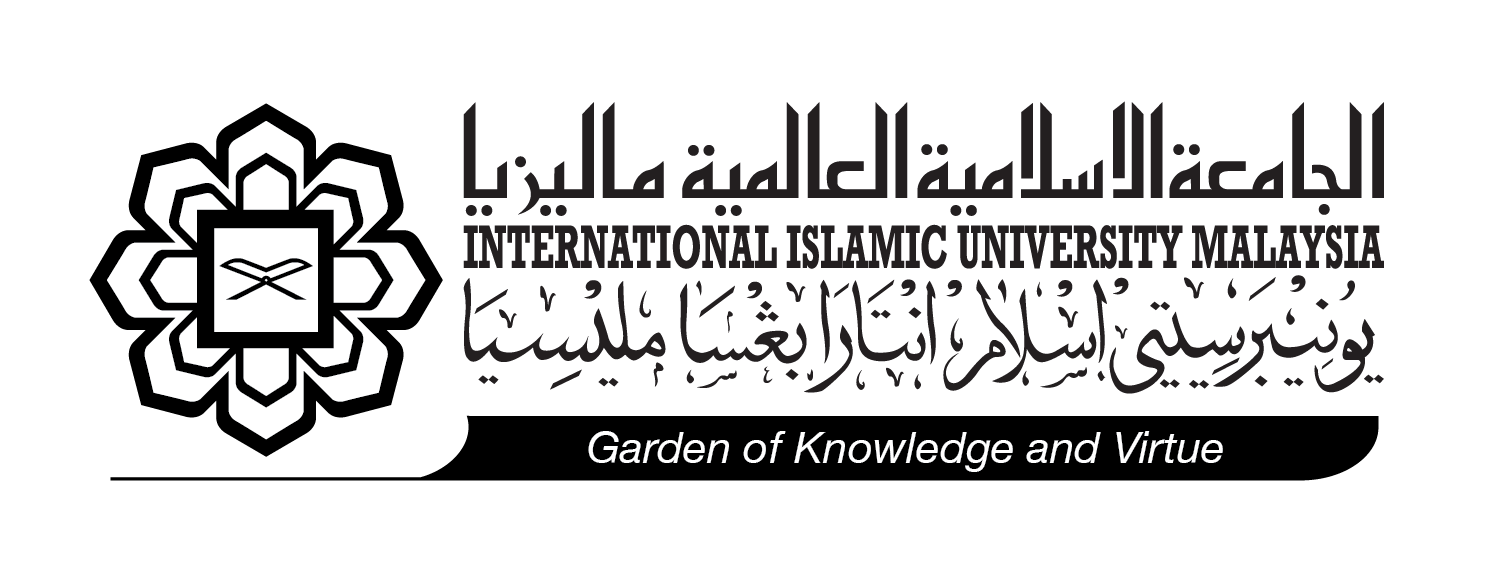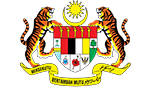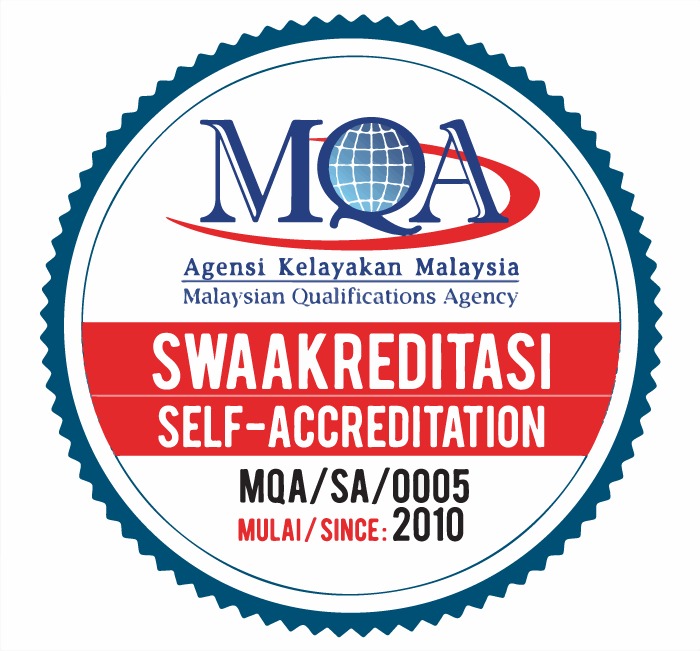Berita

USM, the varsity Hamzah built,holds pride of place for many
Tarikh : 05 October 2019
Dilaporkan Oleh : Roslan Bin Rusly
Kategori : News
Tweet This
By Dzulkifli Abdul Razak - -
UNIVERSITI Sains Malaysia’s alumni gathered recently for high tea to commemorate its Golden Jubilee.
Established in 1969, the initial Universiti Pulau Pinang (UPP) became the first university outside the capital city, Kuala Lumpur. The latter city housed the country’s first and oldest university — Universiti Malaya (UM).
The date of the celebration was purposely picked to coincide with the appointment of the first vice-chancellor of the newly minted institution.
He was the late Professor Tan Sri Hamzah Sendut, who used to serve as the dean of the Faculty of Arts at UM; thus the link between the two.
After all, UPP was first mooted by the graduates of its sister institution.
Hamzah, being an accomplished geographer-cum-urban planner, translated his genius into making the UPP campus one of his many legacies.
All the alumni who have passed through it cannot but be proud of what has been accomplished.
This is due to many UPP features which stand out compared with other campuses.
One would have thought that Hamzah could have had it easy by duplicating and adapting what there was in UM forUPP.
But no, Hamzah created almost everything from the ground up, giving UPP its own ‘uniqueness’ that became its signature DNA from inception.
Firstly, the campus adopted a ‘green’ profile when it was not regarded as fashionable nor the in-thing.
It was planned as a pedestrian campus with a layout fit for that purpose.
Once again it highlighted the “green” dimensions for all to see and feel as well.
In addition, UPP was the first to adopt a “school” system instead of the conventional faculty set-up.
This means that the education offered was, and still is, flexible, allowing mobility between programmes, thus encouraging interdisciplinarity that would characterise the university until today.
It started off with the School of Comparative Social Sciences, and the School of Humanities and Community Development as its initial ‘unique’ offerings way back 50 years ago.
Later on, the sciences schools followed suit giving UPP a marked ‘scientific image’ by the time it was renamed Universiti Sains Malaysia (USM) in the early 1970s.
The ‘uniqueness’ was enhanced because USM continued to innovate to pave the way for several other “new” knowledge packages through the Schools of Pharmaceutical Sciences, then Computer Sciences, Mathematics, Applied Sciences - to name a few. All of these were ‘unique’ to Malaysia then.
This was followed by yet another, the School of Medical Sciences, with its ‘uniquely’ integrated curriculum offering an MD degree differentiating it from the traditional MBBS system.
Fast forward to 2009, this ‘uniqueness’ opened its doors internationally through the country’s one and only offshore international medical programme (IMP) to be offered by a Malaysian public university.
Its relevance remains as it recently celebrated the 10th anniversary after graduating some 500 medical professionals and counting through the IMP.
Hamzah as an educator was always student-oriented in his approach calling them “unpolished diamonds” that the university is responsible for.
He mandated the vice-chancellor to live in campus. He brought in the “unique” cultural nuances of a kampung.
This was encapsulated in the ‘Desasiswa’ concept with the Penggawa and Penghulu to boot.
The Desas, as they are fondly called, are placed on the outer ring of the academic structures (lecture halls, labs, etc), which in turn encircle the administrative complex.
Surrounding the Desas are the various recreational and sports facilities that double as the campus’ ‘green lungs’ making the ‘green’ features more prominent when lakes and water bodies are integrated into them.
The entire architectural arrangement projects a holistic, ‘unique’ experience of a serene-like environment suited for intellectual and academic activism.
By 2005, USM was recognised globally as one of seven Regional Centres of Expertise on Education for Sustainable Development by the United Nations University in Tokyo.
That the campus is perched on a strategic hill of Minden gives a ‘unique’ panorama and viewscape. More so because Minden was for all intents and purposes a military barracks during World War 2. Turned into a campus, it symbolically transforms war-prone mindsets into mindsets of peace and harmony.
From bullets and bombs to books and brains! You cannot get more ‘unique’ than this.
Given all these, it is not surprising to hear one of Malaysia’s intellectual giants, the late Tan Sri Dr Noordin Sopiee, saying in 1988: ‘What is casual to USM, is innovative in other universities.’
This is perhaps best illustrated by its ultimate ‘uniqueness’ as the nation’s only Apex-status university, accorded to it more than 10 years ago.
For the next 50 years, this robust DNA must be strengthened as a distinct mark of respect for its solid intellectual tradition and utmost tribute to the first vice-chancellor who started it all.
Thus living up to the motto, ‘Kami Memimpin’, to its fullest for the bottom billions.Congratulations to the USM alumni for this awesome moment to be cherished forever.
The writer is a former
USM vice-chancellor (2000-2011) and former president,Persatuan Alumni USM (2016-2019)








